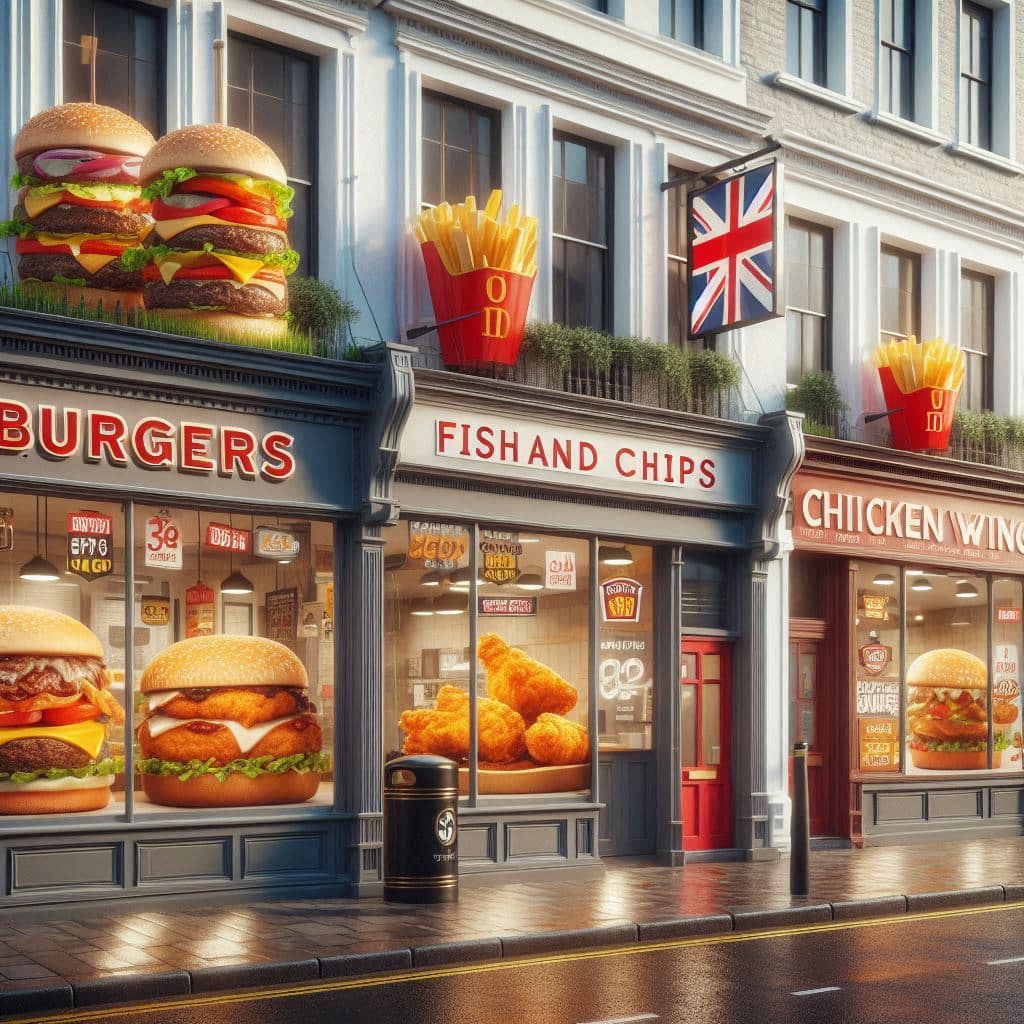Government spending is around 40% of GDP. If that is not enough to eradicate child poverty – how much is?
SUGGESTED



It’s hard to recall the last time a minister or public official raised their hand and said, “we’ve got some spare change – would the taxpayer like a refund?”
No, day-in and day-out, we hear calls for increased spending in almost every sector of government.
Of course, just because the call is never-ending, doesn’t mean we should always ignore it.
On Monday, the Guardian splashed a survey from the Child Poverty Action Group and the National Education Union on its front page, which found that a majority of school teachers thought “child poverty in schools had worsened since 2015”.
Cuts and changes to benefit entitlements, they claimed, were responsible for teachers having to make available essential goods (including food) and services for some of their pupils, whose parents weren’t able to provide them.
The analysis of teachers surveyed doesn’t line up with official data on child poverty figures – nevertheless, the anecdotal evidence is important.
If you believe in some form of public safety net – and most people do, regardless of their political standing – struggling children are the ideal recipients of public money and services.
The question is not whether these crucial areas should be well-funded. It is whether the tax intake needs to be increased, or if there’s scope to spend current (or lower) levels of tax more efficiently.
Without much question, there is.
On the same day that the Guardian led its front page with child poverty, the Daily Mail headlined with a story highlighting an egregious abuse of taxpayer money.
Over the past two years, health bosses have charged £5.8m on taxpayer-funded credit cards to finance their lavish lifestyles. Purchases included helicopter lessons, go-karting outings, bookings at five-star hotels, trips to cocktails bars, and stops at fast-food joints.
Yes, £5.8m is peanuts in the grand scheme of things. But this behaviour still shines light on a deep hypocrisy from health bosses, who on the one hand work to implement a sugar tax – effective today – to discourage taxpayers from consuming sugary drinks, and on the other hand use the same taxpayers’ money to fund their own trips to McDonalds.
Putting the hypocrisy aside, there is a wider issue here, of how taxpayer money is spent once it’s in the hands of the state.
We are always told that the solution to any given problem is more spending, and consequently calls to ramp up taxes naturally follow. But that argument fails down flat when nearly £6m that could have been used to top up a low-income parent of three, or go towards a health service we are perpetually told is “in crisis”, has been spent on public officials to live their weekends like rock stars.
The UK government is already spending around 40 per cent of GDP – the majority of that is from tax intake, but tens of billions are still borrowed from future generations.
There is no justification for increasing the burden on taxpayers by a penny more. There are already funds in the system that could help the most needy. They are just sitting in the wrong pockets.
This article was first published in City AM.
Recommended reading:
- ‘Taxation, government spending and economic growth‘ by Philip Booth (ed.)
- ‘Redefining the poverty debate‘ by Kristian Niemietz
1 thought on “Government spending is around 40% of GDP. If that is not enough to eradicate child poverty – how much is?”
Comments are closed.





Indeed, Kate.
In fact, the last Labour government managed to increase state spending to 50% of GDP and still didn’t manage, on its own measure, to eradicate child ‘poverty’. Whilst it achieved a modest reduction in the number of children growing up in households with an income of less than 60% of the median (its chosen measure), largely by moving families who were just below this threshold to just above it, it oversaw a rise in the number growing up in households with less than 40% of the median income.